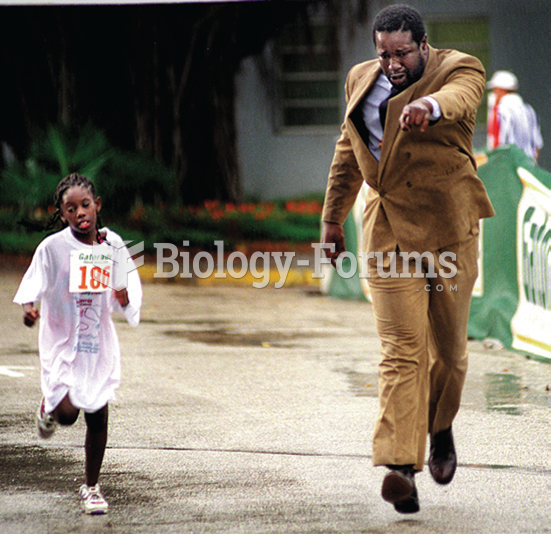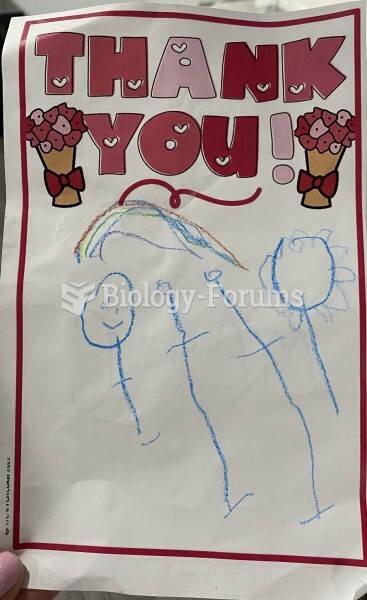Answer to Question 1
Families of children with depression display more critical and punitive behavior toward their depressed child than toward other children in the family. As compared with families of youngsters without depression, these families display more anger and conflict, greater use of control, poorer communication, more overinvolvement, and less warmth and support (Sheeber et al., 2007; Stein et al., 2000). They often experience high levels of stress, disorganization, marital discord, and a lack of social support (Messer & Gross, 1995; Slavin & Rainer, 1990). Depression interferes with a parent's ability to meet the basic physical and emotional needs of a child, including feeding, bedtime routines, medical care, and safety practices. Mothers who suffer from depression also create a child-rearing environment teeming with negative mood, irritability, helplessness, less emotional flexibility, and unpredictable displays of affection. When their children display negative emotions and distress, mothers with a history of depression are less likely to respond supportively with comfort, empathy, or assistance and are more likely to disapprove, dismiss, punish, or ignore their child's negative emotions (Silk et al., 2011). Depressed mothers also display less energy in stimulating play, less consistent discipline, less involvement, poor communication, lack of affection, and more criticism and resentment of their children than mothers without depression (Goodman, 2007).
Answer to Question 2
First, they display information-processing biases, or errors in their thinking in specific situations, called negative automatic thoughts. Second, depression is believed to be associated with a negative outlook in the following three areas, referred to as the negative cognitive triad.. Third, depressed youngsters have negative cognitive schemata, which are stable structures in memory that guide information processing, including self-critical beliefs and attitudes.






